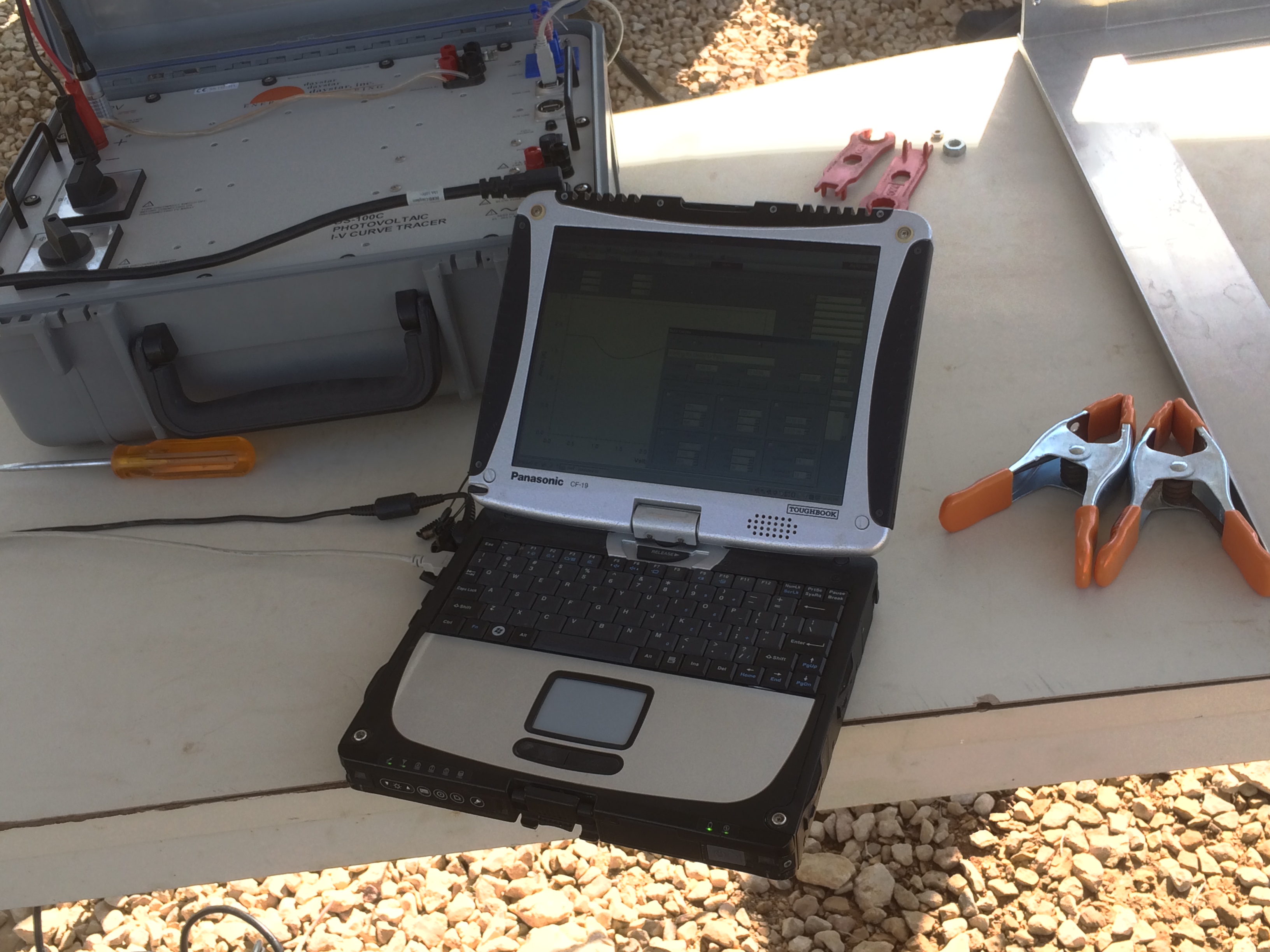What to Consider when Purchasing a Rugged Business Laptop
The following is a guide on researching, reviewing, and buying a semi or fully rugged laptop or notebook computer. This article will describe information pertaining to the history and trends in this particular computer market niche, industry terminologies, along with hardware features.
Step 1
First is a note about notebooks and laptops along with other portable computing devices. All through this guide we shall be referring to notebooks and laptops. The portable computers niche includes a wide variety of form factors. Normally, many people use the term “notebook” and “laptop” interchangeably. This is fine but it is good to note that a laptop is much larger than a notebook. In addition, thanks to mergers in technology, you can now use portable computers as phones while smartphones and cell phones can also be used as portable computer platforms. The key thing to keep in mind is the fact that all portable computing devices are continually getting rugged and durable. As the miniaturization of consumer electronics continues they almost have to be designed to be more rugged by default. You will also come across many other terms such as PDAs, handhelds, ultra-mobiles, UMPCs, as well as minicomputers.
Step 2
Differences between “fully-rugged” and “semi-rugged” are also often misleading, interchangeable, and confusing. The descriptions are comparable to “good” and “better” along with various other advertising orders of degree such as “super strength” and “full strength”. In the consumer market, the use of such terms can be quite subtle but in the military and industrial market can be rather specific. Only a handful of standards are generally accepted for rating most of the rugged portable computing devices. It is actually safe to say that portable computing devices identified as durable usually offer better value and clear advantages over regular notebooks and laptops.
Step 3
Most brands associated with the rugged niche were previously not household names until recently. Some of the top brands that manufacture military grade computers include General Dynamics, Getac, and Panasonic.
Step 4
The following is a brief checklist to determine whether you are a candidate for a rugged laptop. You will be paying more for a rugged machine than you would a regular model and you need to be aware of some of the benefits. Much of this has to do with working conditions and habits. Mobility and flexibility are two key aspects of owning a rugged laptop. Rugged portable computers give you the capability of working in a wide variety of environments and conditions. If your work demands that you operate outdoors, under unfavorable weather, or under other harsh conditions, you will most likely enjoy the benefits of going rugged.
Step 5
The following is a review of some other common features that define the characteristics of a rugged laptop or any other rugged device in no particular order.
WATER RESISTANCE
Moisture and water is hazardous to most of the electrical components of a laptop. This specification is a measure of the performance ability of a rugged laptop upon exposure to different moisture and water levels – like these ones here.
SHOCK RESISTANCE
It measures the amount of shock load that a rugged laptop can endure and still operate correctly. The test is usually determined by the height as well as the number of drops a rugged laptop can withstand. The drop surface is normally defined as a plywood 2-inch thick over a steel plate while the drop distance is 36 inches. After every drop, laptops are inspected and a function check is performed after each drop.
TEMPERATURE RESISTANCE
Rugged laptops should be able to perform under exposure to extreme temperatures. From desert to arctic conditions, some of the rugged laptops can operate within a temperature range of between -32°C to 60°C. Though an optional features, rugged laptops can also come fitted with a hard drive heater for operation in freezing conditions. Diagnostic software is used to monitor internal conditions to avoid outages caused by extremes in temperature.
VIBRATION RESISTANCE
Rugged laptops are regularly use around other equipment and in vehicles and should be therefore capable of standing up to continuous vibration. Constant vibration may cause damage to the keyboard along with other internal components of regular laptops.
DUST RESISTANCE
Air venting systems used to cool laptops also tend to collect dirt and dust. It is due to this reason that most of the rugged computers are designed to dissipate heat without using fans. Materials found in the casing act as heat sinks to ensure that dirt and dust does not enter the inside of the case. The heat from the CPU is released via the casing.

